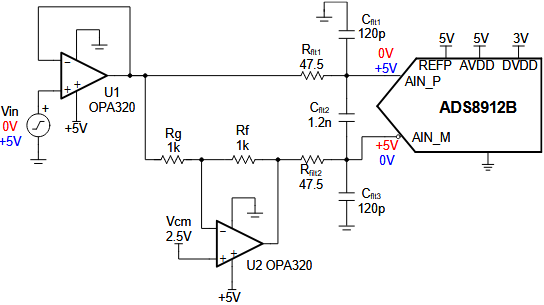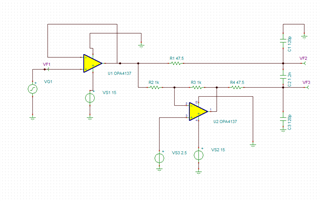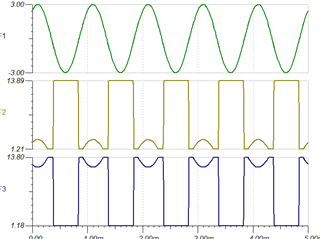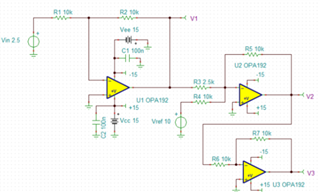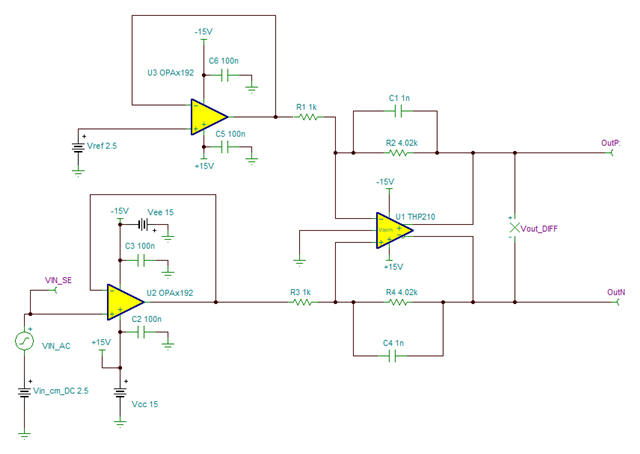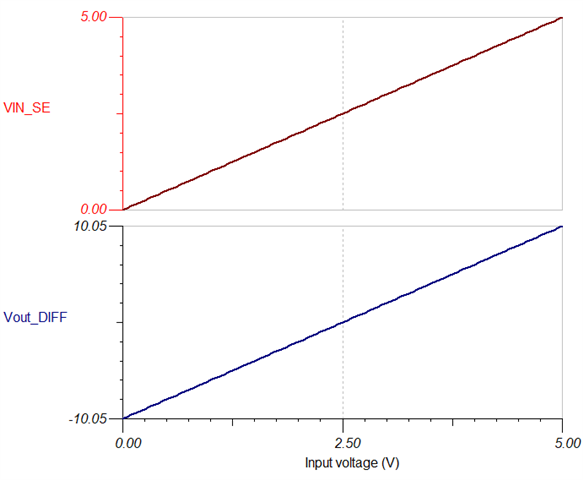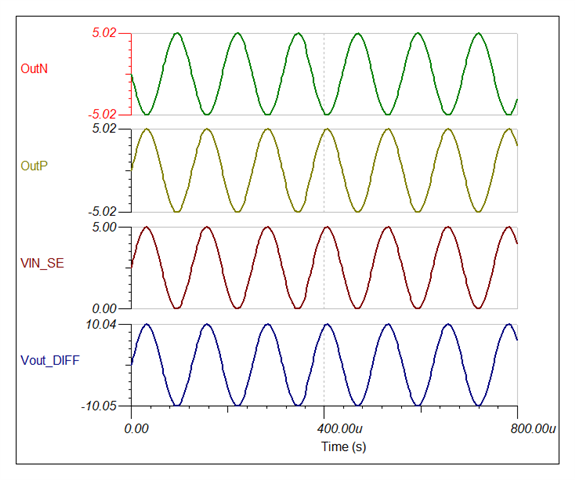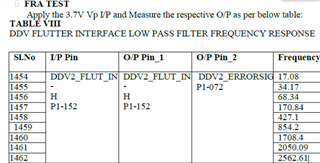Other Parts Discussed in Thread: THP210, TINA-TI, PGA855
Tool/software:
hi i need single ended to differential Converter circuit any ref design kindly suggest.
Requirement:
1.using op-amp or any other device.
2.input (0-5V ) I NEED out put -10/+10 volts differential.
3.it should work both AC & DC (AC frequency 5hz to 8khz.
input driving from NI Card 10mA max .
Kindly suggest.
Regards,
shivaraj.r


